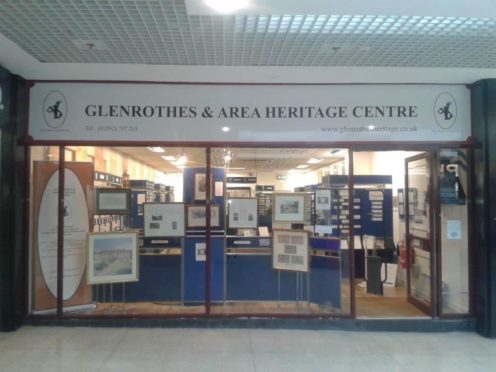Sir, – In these Covid times it is easy to focus on what can’t be done rather than look over the horizon.
A good example relates to the impending closure of the Glenrothes Area Heritage Centre. This volunteer-driven effort has brought together a lot of wonderful assets which Fife Cultural Trust ought to see as an opportunity.
After more than 70 years of building the urban area, it can’t be acceptable that all this work should go to waste.
Just a few of the artefacts can be listed here: The role of the Countess of Rothes in the Titanic disaster; the history of papermaking and whisky bottling in Markinch; the work of the Development Corporation in fostering the growth of the area; the archaeological dig in the Lomond Hills. There is enough material to fill a very large room indeed.
What is lacking is the professional expertise – the archivists, the librarians, the researchers – who can bring all this together to create a wonderful facility.
Is there any reason why Glenrothes should be deprived when Dunfermline, Kirkcaldy and St Andrews are not?
It is time for a Glenrothes Museum – call it what you will – and time for Fife Cultural Trust to step up to the plate and take forward the excellent work of those dedicated volunteers.
Bob Taylor.
Shiel Court, Glenrothes.
Black hole in indy Scotland’s funding
Sir, – Andrew Wilson, author of the Sustainabe Growth Commission report commissioned by Nicola Sturgeon and rejected at an SNP conference, tells us Scotland will have left the UK by 2026 and have started on 20 or 25 years of hard work to establish a separate Scotland.
He claims the very act of ‘Scexit’ would encourage investment and initiative.
After a referendum victory, his idea is to bring people like Gordon Brown and Alistair Darling into a ‘council of the country’, to advise the Scottish delegation in negotiations with Westminster.
That sounds like a useful way of spreading blame for failure.
Mr Wilson smuggles warnings about the road being hard and it taking a generation to build a thriving economy – the kinds of thing that most separatists don’t want to hear – in among his ‘good news’ view of a victory for Scexit and optimism about the future, based only on his own prediction.
In keeping with SNP tradition, he does not address the question of how an independent Scotland would compensate for the loss of the £10+ billions that HM Treasury sends to Scotland every year, over and above what it earns, that funds 13% of its public spending?
No nationalist is prepared to answer that question.
Jill Stephenson.
Glenlockhart Valley,
Edinburgh.
Major role of Scots at Battle of Trafalgar
Sir, – October 21 marks Trafalgar Day, the 215th anniversary of the Battle of Trafalgar, in which Scots played a major part.
Far from being an English victory, five of the 27 captains of the fleet were Scottish, and George Duff from Banff, captain of the Mars, was one of only two captains to be killed.
Almost 30% of the 18,000-strong crew were from Scottish towns and fishing villages, and Nelson’s own doctor, and the woman who embalmed his body when he died, were Scots.
Scotland’s industry also contributed to this historical event. Sails were produced by the jute mills of Dundee, iron for the cannons came from the Carron Works in Falkirk, charcoal from the forests of north Argyll was used in the gunpowder which fired the cannons, and timber products from Scotland’s woods were used to construct the fleet of participating ships.
For some, this victory symbolises a great British triumph, for others it epitomises English imperialism, with Scots as press-ganged accomplices.
However, what cannot be disregarded is the prolific and willing role played by Scots in a naval encounter which changed the course of European history, a history which we in Scotland cannot simply turn a blind eye to.
Alex Orr.
Marchmont Road,
Edinburgh.










